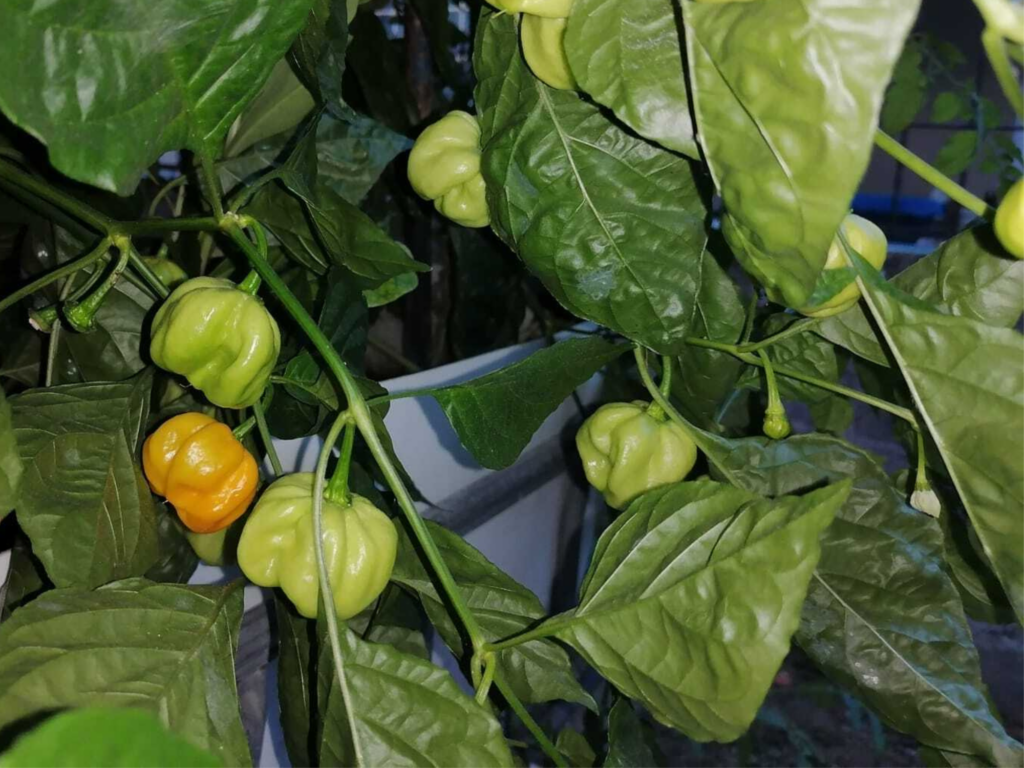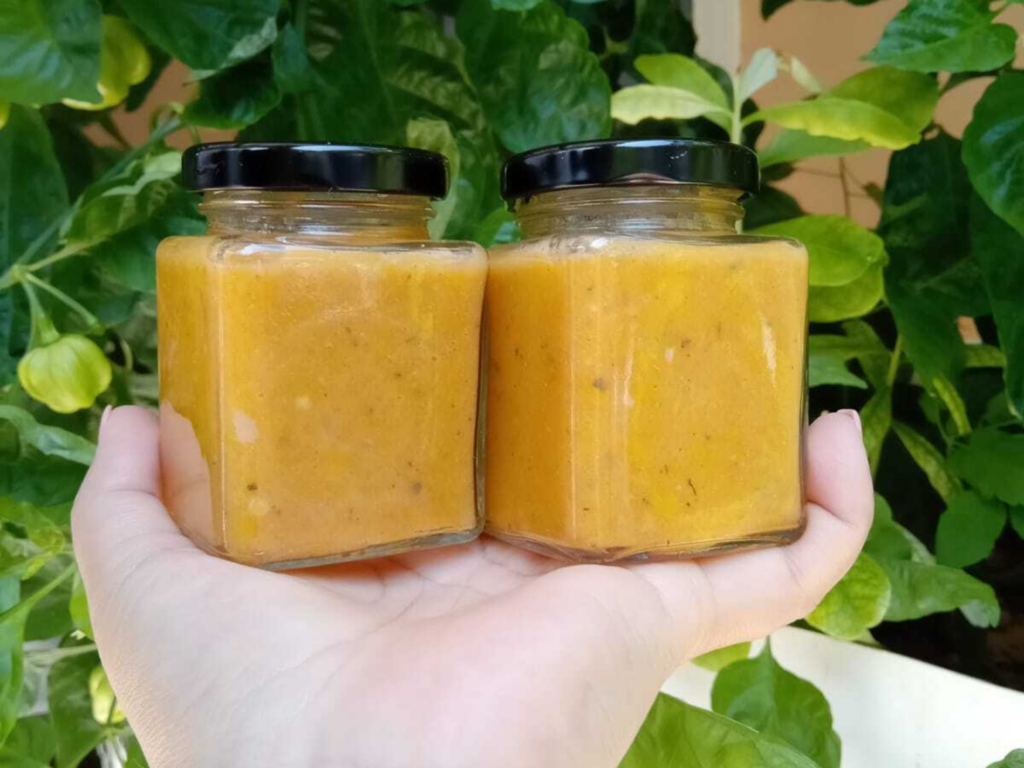Did you know there’s a fish tank that produces tasty vegetables, can create economic opportunities, and helps protect coral reefs? It’s called an aquaponics system, and it combines aquaculture and hydroponics to raise fish and grow organic fruits and vegetables.
An aquaponics system relies on a symbiotic relationship between fish and plants. Fish waste fertilizes the growing plants and in return, the plants filter and clean the water for the fish. CORAL started an aquaponics project in Tela Bay, Honduras, and in the last year we’ve created the conditions for both native fish and plants to thrive and investigated new ways this system could support the local community.
How Could an Aquaponics System Benefit Coastal Communities?
In Tela Bay, Honduras, Los Micos Lagoon suffers from overfishing, which impacts the health of nearby coral reefs and the quality of fish caught by local fishers. Over the last year, we’ve been testing to see if aquaponics could promote food and income security for these coastal communities, which rely so heavily on fishing.
Cultivating aquaponics systems within the community has the potential to reduce fishing pressure in the lagoon and allow marine environments to rest and recuperate. Native fish from the system can also be released into the lagoon, which could help restock dwindling populations.
This year, Julio San Martin Chicas, CORAL’s principal program coordinator for the North Coast of Honduras, has monitored Tela’s first aquaponics system and is researching what it can successfully produce. By 2023, he will start educating the community and working with local fishers who are interested in creating their own aquaponics system.
What Can an Aquaponics System Produce?
An aquaponics system has the potential to grow a wide range of plants—like tomatoes, hot peppers, strawberries, leafy greens, among others. But for the best results, San Martin Chicas focuses on growing produce that can survive naturally in the region, without any chemicals.
“We don’t use chemicals or pesticides as this could harm the fish, tamper with the water quality, and impact human health,” says San Martin Chicas. “It is safer to focus solely on organic fruits and vegetables.”
Recently, he started growing hot yellow peppers, known locally as “chile cabro.” The pepper can be eaten whole, in salads, or blended into a spicy salsa or hot sauce. San Martin Chicas thinks these new products might sell in local markets—and it is just one of many potential products and ideas that could come from an aquaponics system.


Replicating Our Aquaponics System
Ultimately, we plan to replicate our aquaponics system to create a larger impact across Tela and in other coastal communities in Honduras. By reducing fishing pressure along Mesoamerican Reef, which is the largest barrier reef in the Western Hemisphere, we are able to minimize algae growth, increase fish biomass, and keep coral reefs healthy.
Thanks to generous support, CORAL has seen great success in Tela’s first aquaponics system in 2022 and we are looking forward to collaborating with local fishers in the upcoming year to expand the project and amplify its impact.